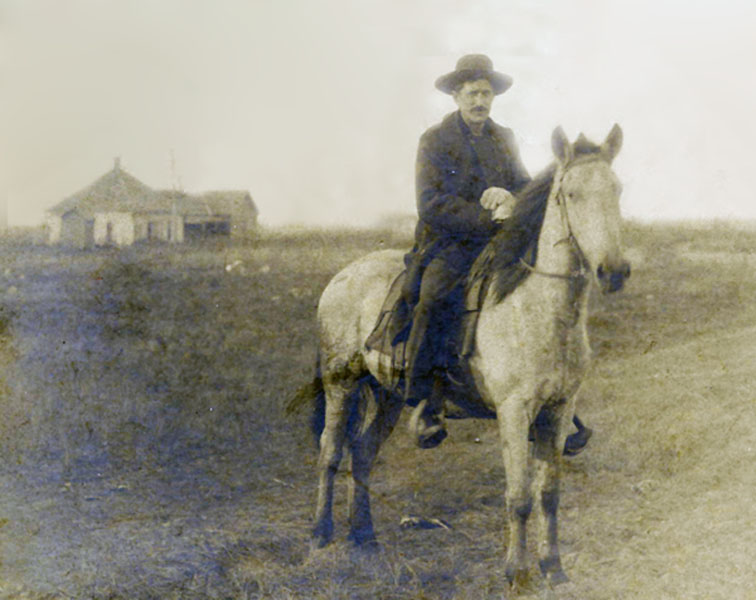
The image above is what I always think of when my Great-Grandmother Rosa Isabell (Ellis) McCracken Apt’s brother Joe Ellis is mentioned. He was a man with a horse on the frontier, but why did he keep moving his family? And, why did he go to a place where the entire population of the township filled less than three pages of census forms?
The Early Years
Joseph Andrew “Joe” Ellis, son of Joseph Lewis and Cynthia Ann (Nicholson) Ellis, was born in Brown Township, Ripley County, Indiana in January 1869. He was the sixth of eight known children although it appears that one other daughter died as an infant or young child, likely prior to Joe’s birth.
Joe moved with his parents to Kansas about 1879. He was living with them in Grant Township, Neosho County, Kansas in 1880. By 1885, Joe had moved with his parents to Walnut Township, Crawford County, Kansas.
Married Life Began On The Move
Nine years later, when Joe was 25, he married Emma (May) Johnston in Sherman Township, Crawford County, Kansas. At the end of 1896, he moved his family to near Galesburg in Neosho County, Kansas where he planned to farm the following year.
That venture didn’t last long as Joe, May, and their son were living in Jordon Valley in Pawnee County, Oklahoma in 1900. Oklahoma was not yet a state and much of the area remained Indian Territory. Thus, it is unclear what attracted Joe, May, and her brother George’s family, who lived next to them, to Oklahoma.
Again, the venture did not last long. By the time their second son was born in March 1903, they were back in Crawford County, Kansas. In May, 1906, their third son was born in Jetmore, Hodgeman County, Kansas.
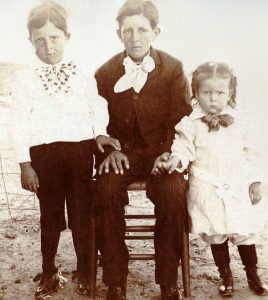
Settling Down?
The family soon moved to Sutton Township, Lane County, Kansas. In August 1906, they filed a homestead claim on 160 acres of land. On this property, Joe built a sod house, barn, and well on this property. It isn’t known what all crops or livestock Joe had at this point. However, among items Joe raised were melons, corn, and cane.
Nearby, and likely having made the move with them, were May’s father, some of May’s siblings, and Joe’s nephew Robert F. “Frank” Plummer, son of his sister Mary Jane.
The school age children in the families would have had a bit of a hike to school, as Joe and May’s home was two and a half miles from West Lake School, which was the closest school to their home.
It was while living in this home that Joe and May lost their oldest son Joseph. They had moved to the area hoping the climate would be good for his health, but the change was not enough. In 1908, he lost his battle with tuberculosis.
Just a Few Miles Away
The family stayed at the homestead a bit longer than their previous homes. Still, seven years after they obtained the homestead property, they moved again. This time they purchased 640 acres a few miles away. This property was only one mile from West Lake School. Thus, the kids now had a shorter distance to travel to school.
On this property, Joe built a larger sod home with three rooms and a half-basement, a well, a large chicken house, a barn, granary, and more. The well was over 60 feet deep and provided water for both the home and the livestock, which included 7 head of cattle, 4 swine, and 11 horses. It is clear the family got quite a workout since the well was 200 feet downhill from the house.
The family’s farm flourished. In 1919, the family had 130 acres of winter wheat, 25 acres of corn, 10 acres of oats, 20 acres of barley, 60 acres of sorghum, and 20 acres of millet. Additionally, they sold $150 of milk and cream, $150 of poultry and eggs, $1337 of livestock, and 100 pounds of butter during the year. This may or may not include the 100 turkeys that they put on the market.
It was said, that despite the very rural area with few families, that at one PTA meeting the crowd devoured 300 pounds of Joe’s best watermelons. Either they had a big crowd, each person ate a lot of watermelon, or somebody embellished a bit.
The Next Phase of Life
About 1943, Joe and May decided that being in their seventies, it was time to give up life on the prairie. After all, they still didn’t have running water in the house and they were looking forward to having a few conveniences. So, they made one more big move. This time they moved to Garden City. Joe died in 1951 and May followed seven years later.
The Wrap Up
What started as finding a place to settle and raise a family had turned into a hunt for a place that would bring healing to Joe’s namesake son. Sadly, that did not occur. However, the family was able to obtain a sizeable property where they could live for years to come.
Side Story
The notes of Raymond Lee Ellis, grandson of Joe Ellis, mention a time that outlaws visited Joe and May’s home. According to the story, they “dropped in” for dinner. And, then left a sizeable amount of money (for those days) in payment for the meal.
Now, the story as written cannot be true as the names and dates don’t align with history. At the time of the supposed visit, the family lived around 30 miles from Dodge City, which had a reputation for having outlaws and gunfights. Additionally, plenty of outlaws still roamed Kansas at the time the event supposedly occurred.
So, questions remain. Did someone along the way get the names wrong? Did it happen at a different location at an earlier date? Or, was it simply an Old West yarn told by a grandfather to young listening ears?
Credit: The notes and writing of Joseph Andrew Ellis’ grandson Raymond Lee Ellis, who graciously shared them with me prior to his passing in 2015, contributed to this story.
Prompt: Sibling
#52Ancestors52Weeks




 Francis in Ireland
Francis in Ireland It was four more years before Francis would marry at the Menallen Monthly Meeting, which was about 30 miles west of York. He was 34 at the time of his marriage. Meanwhile, his bride Mary John, daughter of Abel John and Mary Fisher, was approximately 10 years his junior. Mary was a birthright Quaker, as her parents were both Quakers prior to their marriage.
It was four more years before Francis would marry at the Menallen Monthly Meeting, which was about 30 miles west of York. He was 34 at the time of his marriage. Meanwhile, his bride Mary John, daughter of Abel John and Mary Fisher, was approximately 10 years his junior. Mary was a birthright Quaker, as her parents were both Quakers prior to their marriage.
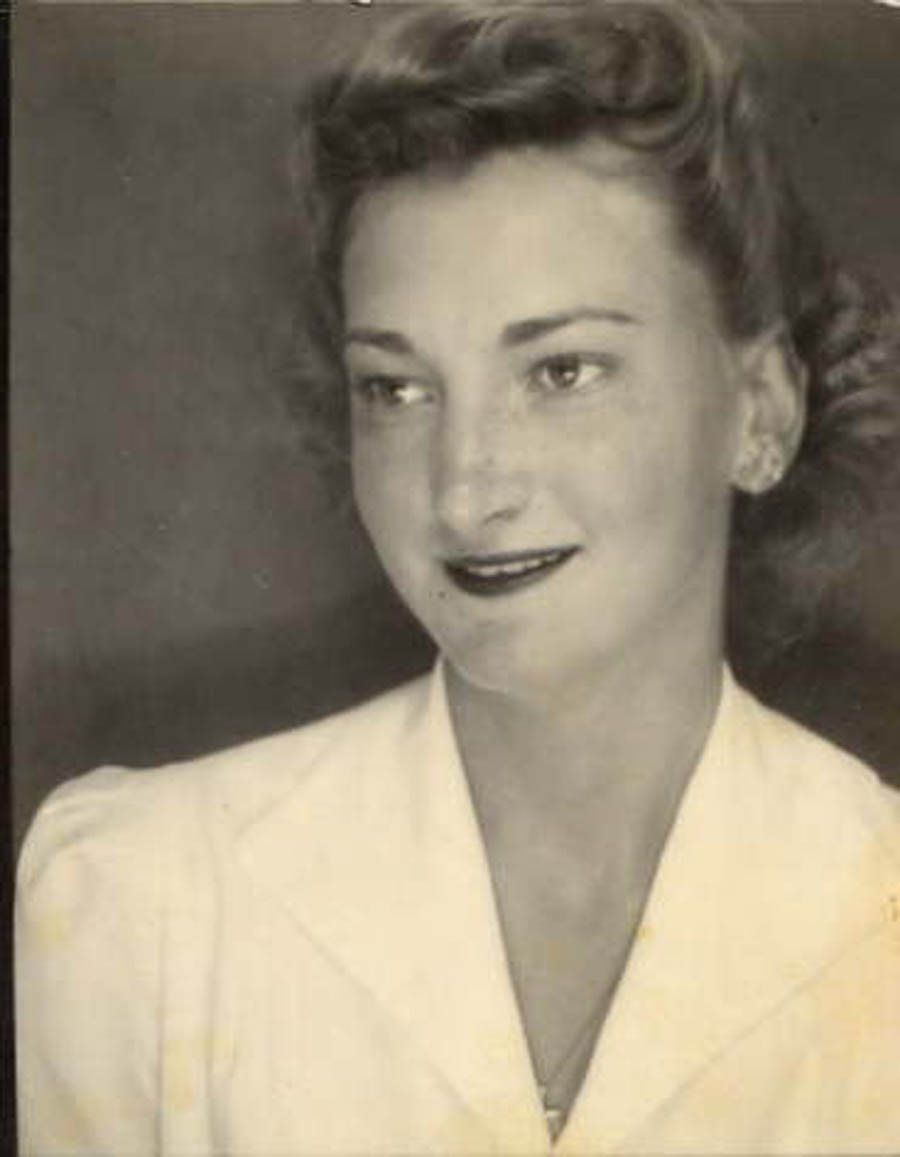
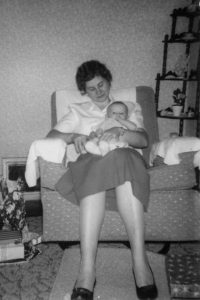
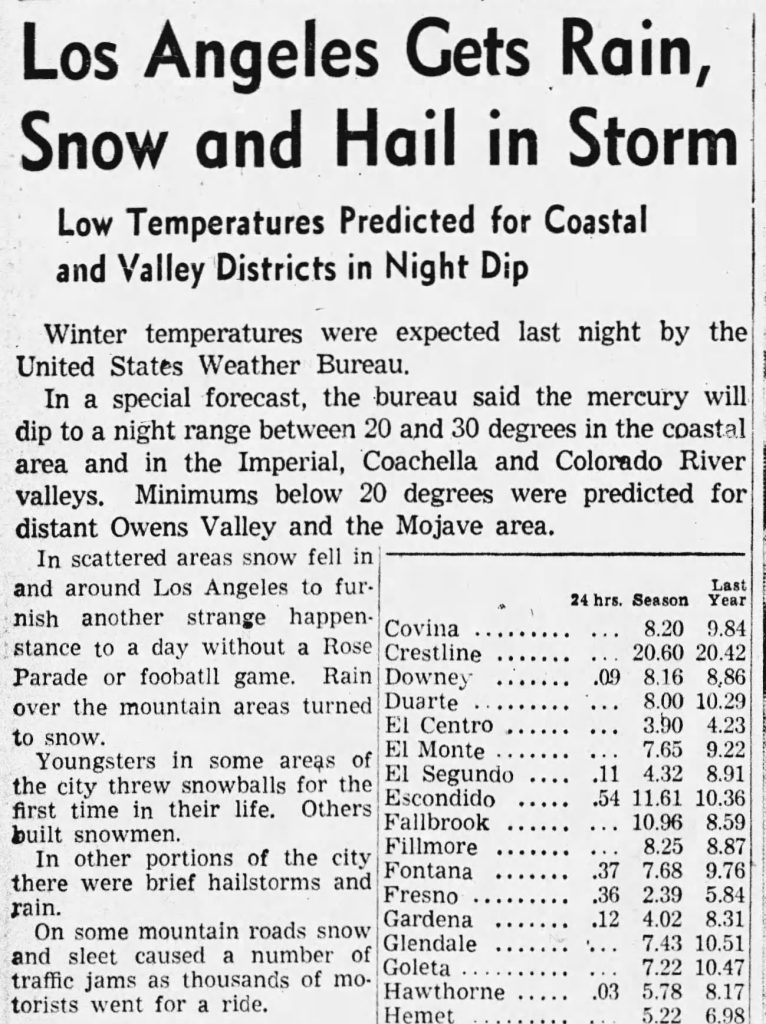

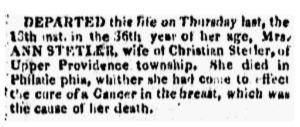
 Cancer
Cancer